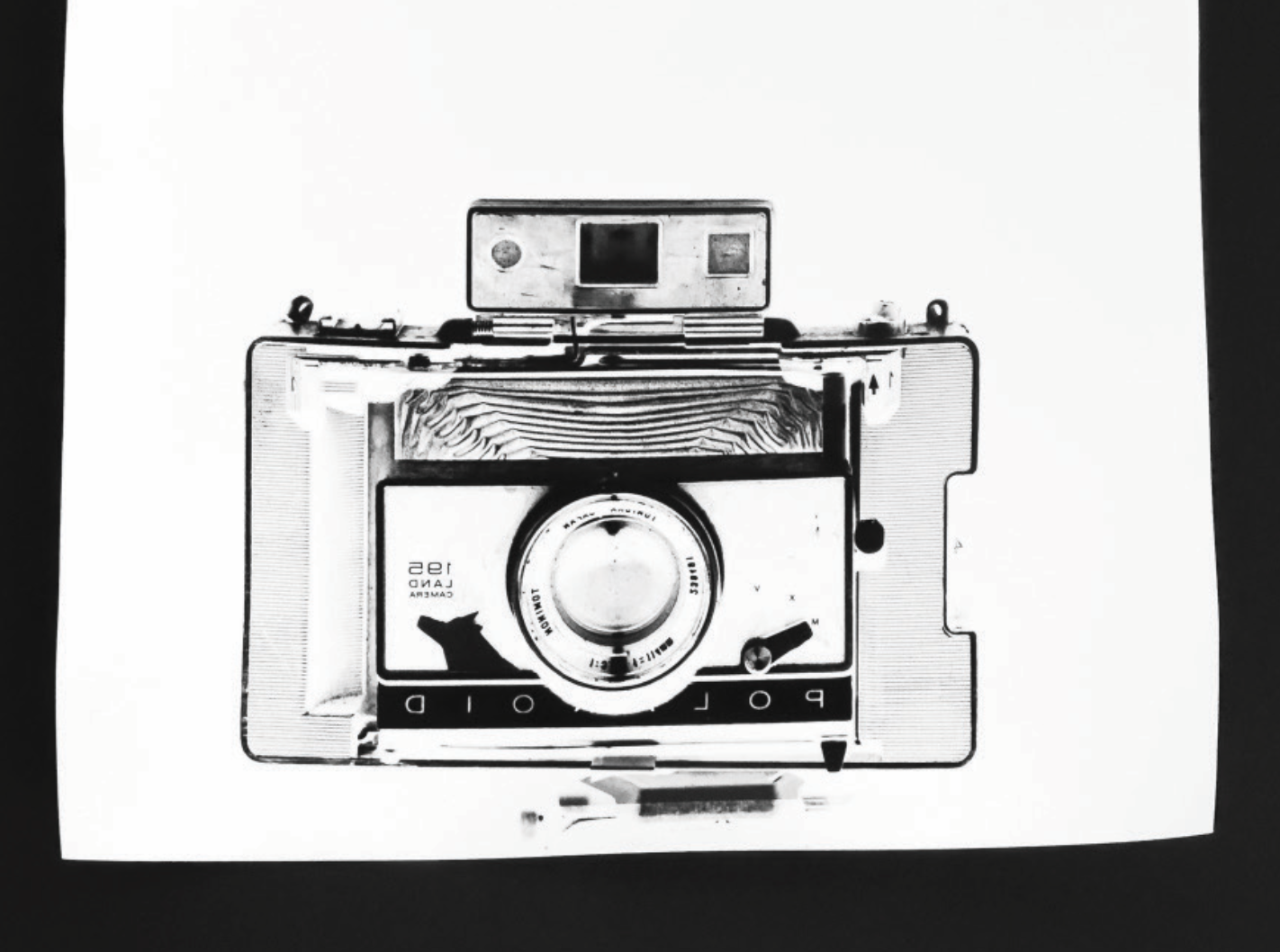LAKE VEREA
MENU
CLOSE

Paparazza Moderna is a modus operandi – it is a way of being and a lens for looking at architecture that enables us to experience it viscerally while exposing the stories behind its facades. We have always been drawn to Modern architecture in our practice and in our lives. It infatuates and intrigues us. Back in 2011, we created the personas of the Paparazza Moderna to set an intention to delve deeper into this fascination. We defined a basic set of rules and wrote a manifesto to guide our actions and our photographic style.
Paparazza Moderna: Frenemies ran from 2011-2018 and focused on single-family houses designed in the United States by iconic Modernist architects. The series spotlighted pairs of architects who started as friends, helping and influencing each other, then suffered a rupture and were later reconciled. The six protagonists of this series are: Chapter 1: Walter Gropius vs. Marcel Breuer and the houses they built in New England; Chapter 2: Rudolf M. Schindler vs. Richard J. Neutra in California; and Chapter 3: Philip Johnson vs. Ludwig Mies van der Rohe in Connecticut, New York, and Illinois. The resulting portraits of each house are not documentary, but compositions of multiple photographs capturing our immediate and personal encounter with the architecture. Each portrait is accompanied by anecdotes and poetic interpretations. We used two sets of cameras: two Mamiya C330 6x6 medium format cameras with different lenses (135 and 180 mm) and two Contax 35 mm format cameras. We shot with Kodak Ektar ISO100 film.
In 2025, we started a new chapter: Paparazza Moderna: Lovers. We pivoted our interest from the United States to Europe and from men to women. We kept our focus on single-family houses and stayed within the same time frame – houses built between the 1920s and the 1960s. We had started to think about and research women architects operating in the Modern period back in 2022. Then, between February and May of 2025, we became Paparazza Moderna once again and sought out the fourteen protagonists that make up this series. We traveled by train for 9,000 km, through eleven countries. The trip started in winter: short days, cold weather, snow, frozen lakes, and trees with no leaves. As we kept on moving, the weather turned to spring; days became longer, streams of water poured over the mountains from the melting snow, green leaves sprouted on the trees, the light and landscapes changed radically, people became friendlier.
For this chapter, we chose a new uniform and equipment. We traveled with two 35mm cameras: a Contax N1 and a Contax NX, with 35–80 mm Macro and 70–300 mm lenses. We used Kodak Gold ISO 400 film. For the first time in the Paparazza Moderna project, we incorporated a tripod and a digital camera to document us while we shot the houses for the Paparazza in Action series—a Sony A7R5 with a 70–200 mm Macro and a 24–105 mm lens. When we started the project in 2011, we needed a GPS device and printed maps to find the sites; in 2025, both were replaced by the iPhone. Also new to this journey, we kept a written diary of our travels. As we had done before, we kept a collection of travel ephemera as a time capsule. We also maintained our research methods, using the internet. However, this time proved to be more of a challenge as it can be difficult to find information on women architects as individuals. We observed that that most of them partnered with men and were framed by those partnerships. We came to understand that this is a product of the historical moment, when, with few exceptions, women could not operate as architects independently. We also observed that many of these collaborations and partnerships had a romantic component, therefore the name of the series: Lovers.
Paparazza Moderna: Lovers features: Eileen Gray, Charlotte Perriand, Nelly van Doesburg and Sophie Taeuber-Arp in France, Truus Schröder and Lotte Stam-Besse in the Netherlands, Aino Marsio-Aalto and Elissa Aalto in Finland, Grete Prytz Kittelsen in Norway, Ragna Grubb and Inger Exner in Denmark, Lilly Reich in the Czech Republic, Eszter Pécsi in Hugary, and Margarete Schütte-Lihotzky in Austria.
Lake Verea, 2025


